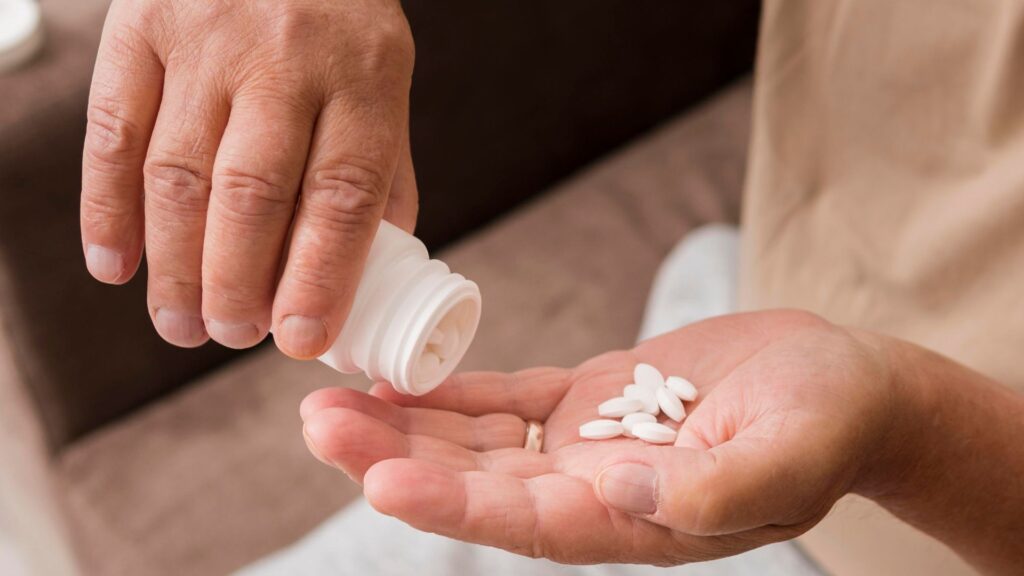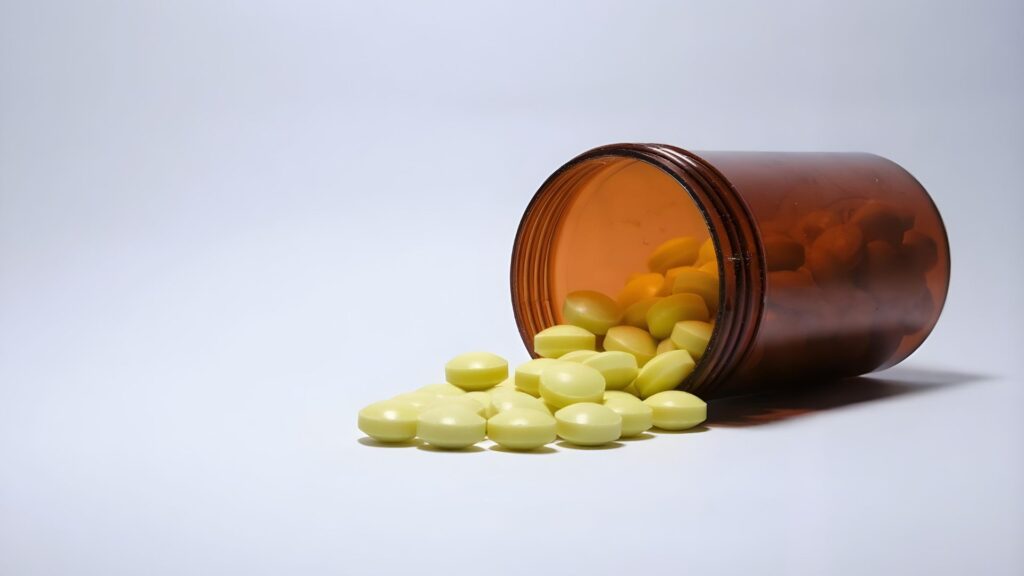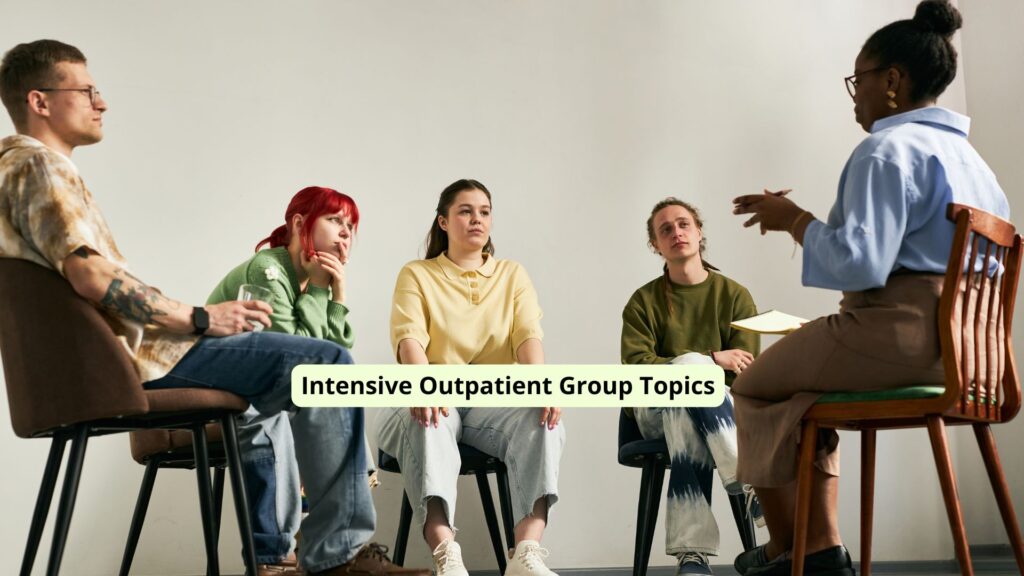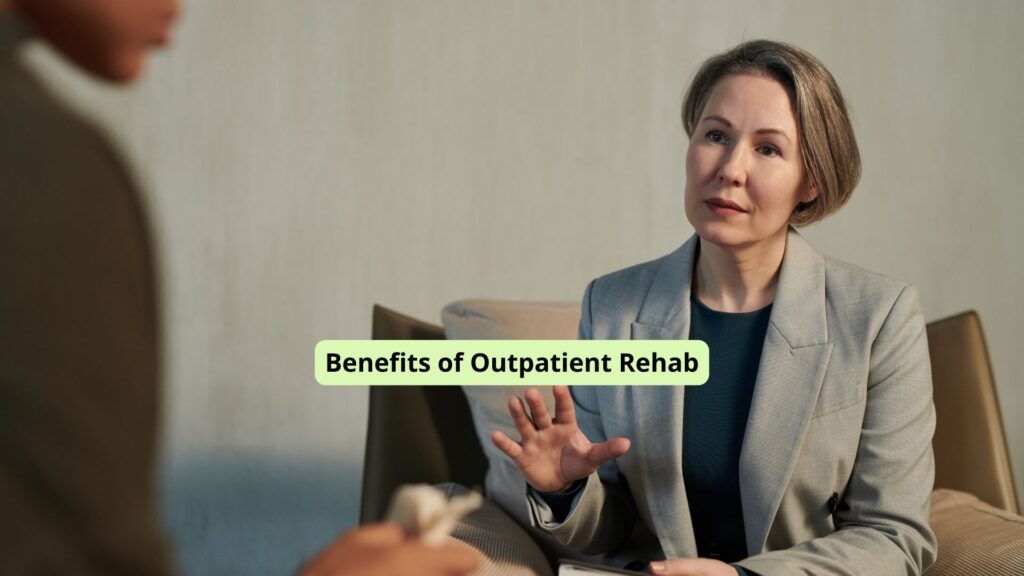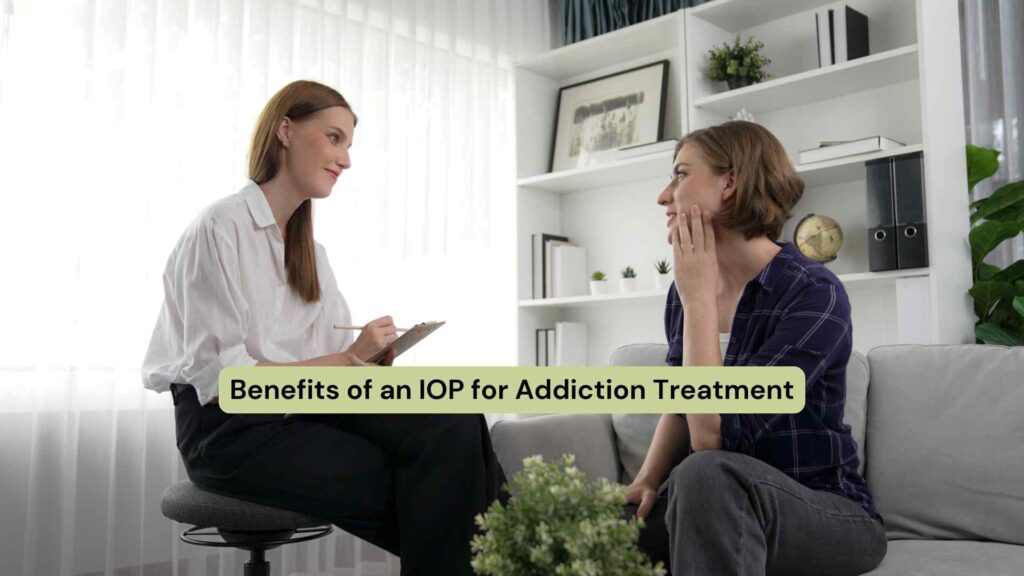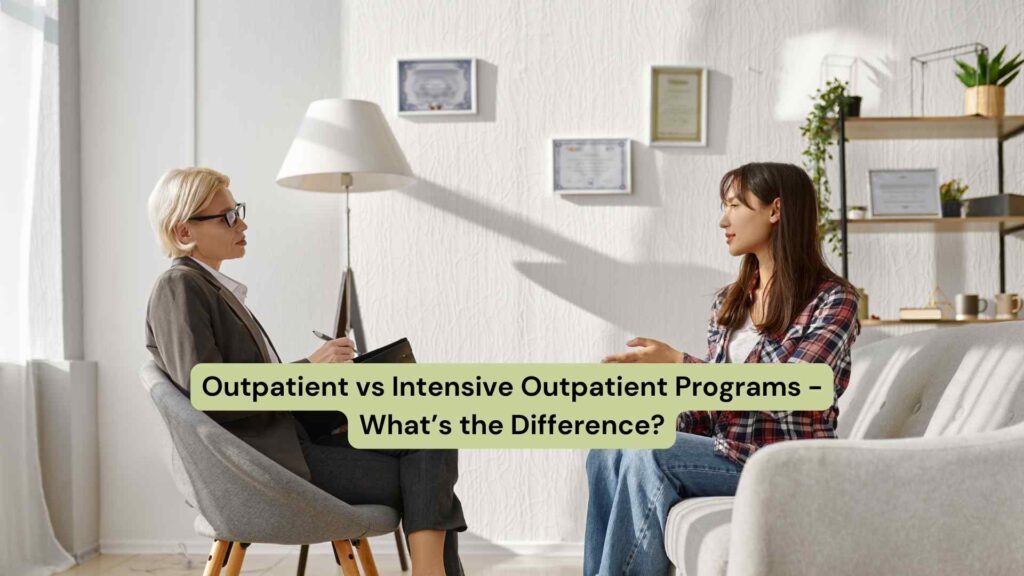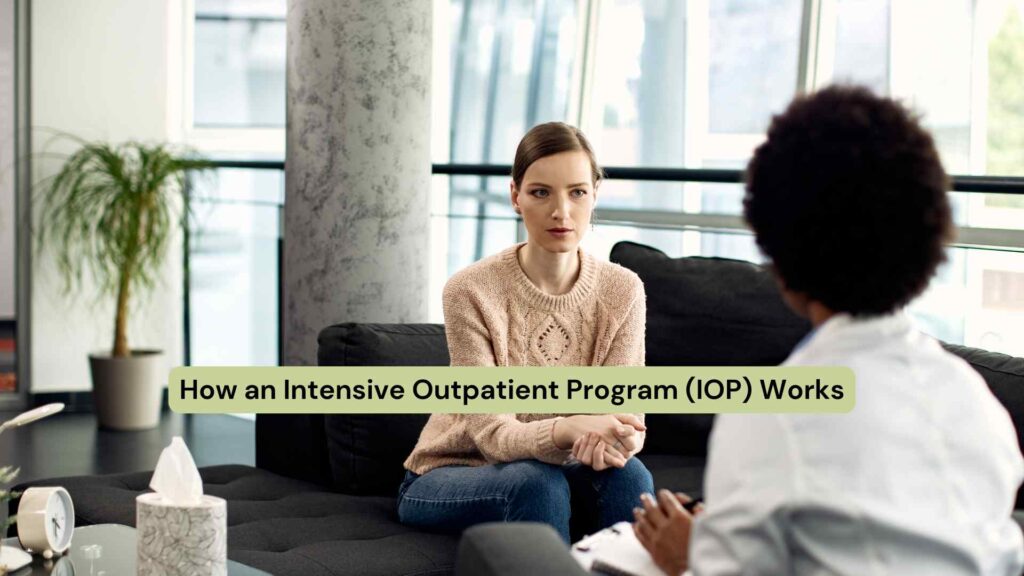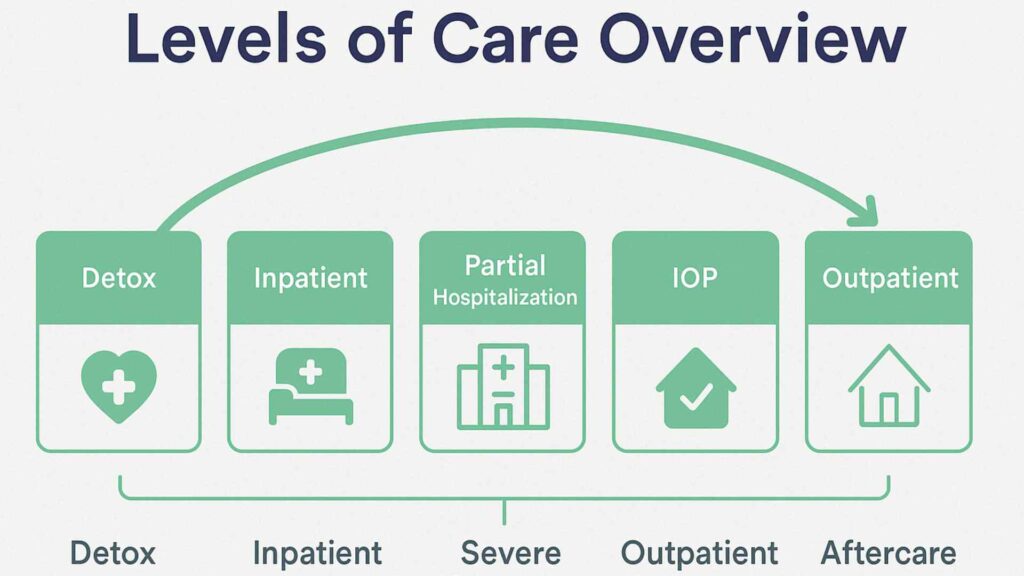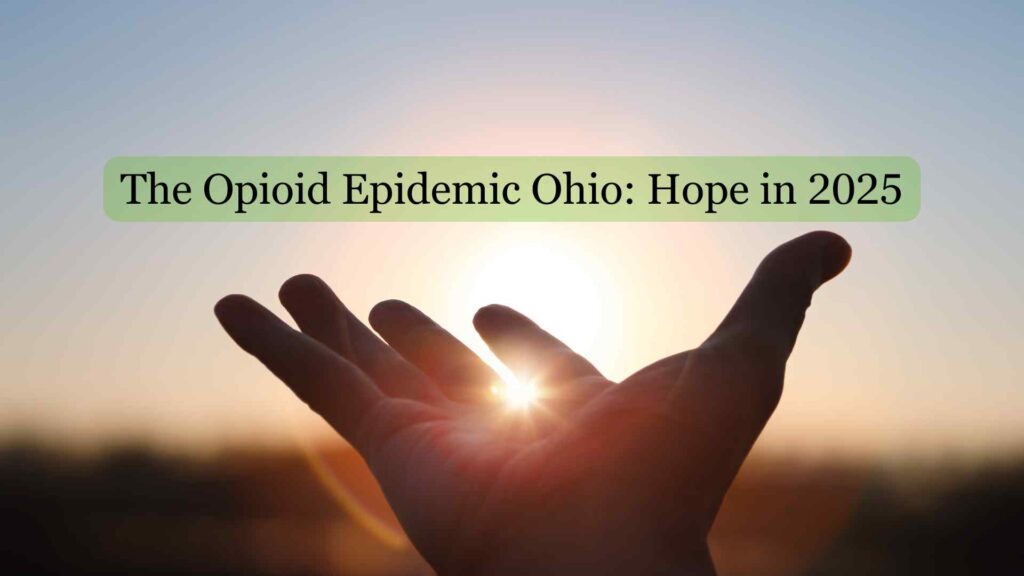Medication-Assisted Treatment (MAT) is an evidence-based approach that combines FDA-approved medications with behavioral therapies and counseling to treat substance use disorders, particularly opioid and alcohol addiction. This evidence-based, holistic method is recognized as a gold standard for treating opioid and alcohol addiction, offering hope and a higher chance of lasting recovery.
This article explores how MAT works, its key benefits, and how it enhances treatment retention, supports both physical and mental health, and improves overall quality of life for adults and adolescents on the path to recovery.

What Is Medication-Assisted Treatment and How Does It Work?
Medication-Assisted Treatment (MAT) is a science-backed approach that combines FDA-approved medications with counseling and behavioral therapies to treat substance use disorders – particularly opioid and alcohol addiction. Unlike abstinence-only or talk-therapy-only methods, MAT addresses both the physical and psychological aspects of addiction by stabilizing brain chemistry, easing withdrawal symptoms, and reducing cravings.
- Buprenorphine – A partial opioid agonist that eases cravings and withdrawal with a lower risk of misuse. It can be prescribed in outpatient settings for greater accessibility.
- Methadone – A full opioid agonist provided through specialized clinics that effectively blocks withdrawal symptoms but requires structured, daily administration.
- Naltrexone – An opioid and alcohol antagonist that blocks the euphoric effects of substances. Available in pill or injectable form, it helps support abstinence after detox.
At our inpatient and outpatient rehab center in Ohio, Medication-Assisted Treatment is personalized and medically supervised, ensuring that individuals receive the right medication alongside evidence-based counseling and therapy. This integrated, whole-person approach not only improves physical stability but also enhances treatment retention, mental health outcomes, and the chances of long-term addiction recovery.
Why MAT Works: Key Benefits for Recovery Success
Reduced Risk of Relapse and Overdose
One of the most significant benefits of MAT is its ability to dramatically reduce the risk of relapse and fatal overdose – especially among individuals recovering from opioid use disorder. Medications like buprenorphine and methadone work by binding to the same brain receptors as opioids, helping to stabilize brain function without producing the intense high that leads to misuse. This not only eases withdrawal symptoms but also suppresses cravings, which are a major trigger for relapse.
On top of that, naltrexone acts as a safeguard by blocking the euphoric and sedative effects of opioids or alcohol, making it less likely for someone to relapse even if they attempt to use it. When these medications are combined with behavioral therapy and ongoing support, individuals are better equipped to manage stressors, identify triggers, and remain committed to recovery.
The structured nature of MAT also encourages consistent medical oversight, reducing the chance of accidental overdose during relapse – particularly critical during the early months of recovery when tolerance has decreased.
Managing Withdrawal Symptoms and Cravings
Withdrawal symptoms and persistent cravings are major barriers to recovery. Buprenorphine and methadone are highly effective at reducing these symptoms, allowing individuals to focus on therapy and personal development.
Naltrexone helps prevent relapse by blocking opioid effects if use occurs. Managing these symptoms leads to better treatment adherence and lowers early dropout rates.
Improved Physical and Mental Health Outcomes
MAT supports abstinence and leads to improvements in both physical and mental health. Individuals experience fewer hospitalizations, lower rates of infectious diseases such as HIV and hepatitis C, and overall better health.
Mental health also benefits, with reduced symptoms of depression and anxiety and greater emotional stability. MAT participants often report higher satisfaction with their recovery, improved family relationships, and greater employment stability compared to those in abstinence-only programs.
Enhanced Treatment Retention and Compliance
MAT increases retention rates, with participants more likely to complete treatment than those not receiving medication. Relief from symptoms, structured appointments, and medical supervision support ongoing engagement and compliance.
Longer retention is linked to better outcomes, including sustained abstinence, improved social functioning, and reduced criminal activity.
Support for Long-Term Recovery and Life Stability
MAT provides a foundation for long-term recovery by restoring brain function. Individuals are better able to pursue personal and professional goals, maintain employment, and rebuild relationships.
Counseling and behavioral therapies equip participants with coping skills and relapse prevention strategies, supporting ongoing recovery and life satisfaction.

Addressing Common Misconceptions About MAT
MAT does not “replace one addiction with another” when used as prescribed. These medications do not produce the euphoria associated with substance misuse and do not impair functioning.
Major health organizations, including the National Institutes of Health and the American Medical Association, endorse MAT as a legitimate treatment for opioid and alcohol use disorders. The benefits in reducing overdose deaths, improving retention, and supporting long-term recovery outweigh concerns about medication dependency.
Cost-Effectiveness and Public Health Impact
By reducing the need for repeated detox, emergency care, and hospitalizations, MAT significantly lowers the long-term financial burden on individuals, families, and the healthcare system.
Every dollar invested in MAT results in multiple dollars saved through reduced healthcare costs and decreased criminal justice involvement. As a plus, MAT improves job retention and productivity, minimizing income loss and dependence on public assistance programs.
Integration with Other Treatment Modalities
MAT is most effective when combined with behavioral therapies, counseling, and social support. Integrated care models that address co-occurring mental health conditions, housing instability, and employment needs further enhance recovery outcomes.
Final Thought from Abundance Treatment
Unlike abstinence-only methods, MAT addresses both the physical and psychological aspects of substance use disorders, reducing the risk of relapse and overdose, improving overall health, and supporting sustainable long-term recovery.
At Abundance Treatment in Ohio, our MAT program is designed to meet individuals exactly where they are in their recovery journey. Whether you’re participating in our inpatient or intensive outpatient program, you’ll receive a personalized treatment plan that combines FDA-approved medications with behavioral therapies. Our supportive, stigma-free environment fosters healing through compassionate care, expert guidance, and a recovery community that champions emotional strength, self-discovery, and lasting transformation.




